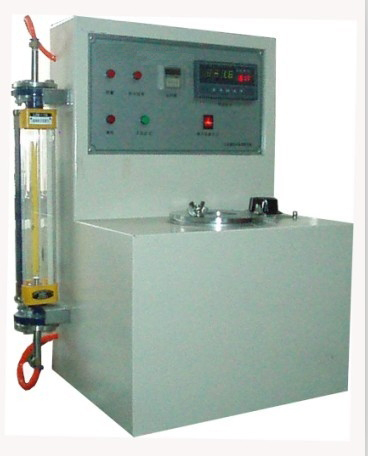
NewsInformation Center
Application of textile airflow resistance tester in medical textiles
2021/09/29
The textile airflow resistance tester is mainly used to determine the air penetration resistance of textiles as well as wadding and space cotton, etc. It is one of the most important means to identify the comfort and hygiene of clothing and textiles, especially medical textiles. Of the several spinning methods currently used in the textile industry, each has an effect on the yarn surface, yarn properties and characteristics. Coarse count yarns are slower in the weft leading. In order to weave coarse count weft yarns at the same loom speed, the compressed air pressure in the main and auxiliary nozzles needs to be increased so that the main nozzle core tube can have a high airflow rate.

Yarn surfaces such as hairiness, entangled fibers and unevenness and volume are the key parameters of yarn air resistance. The twist of ring-spun staple yarns affects the structure of the yarn and its parameters, such as the density of fiber arrangement in the yarn, the volume of the yarn, the hairiness, etc. When the twist of ring-spun staple yarn increases, first of all the hairiness decreases to a certain low level due to a better joining of the fibers in the yarn structure. Tests conducted on cotton yarns in air jet weaving show that yarn speed variation is related to yarn hairiness.
The textile airflow resistance tester uses a constant compressed air pressure during the airflow index tester test, which means that the tester's main nozzle uses a constant pressure airflow to blow the weft by rewinding the weft yarn from the weft accumulator. The properties of the weft yarn, the quality of the raw material and the method of spinning the yarn all cause differences in the speed of the same count of yarn, and the same happens during the weft introduction process on the air jet loom.
In rotor spinning, when the yarn has a high number of false twists in the spinning cup, the number of wrapped fibers is higher. After a comparison of tests on three types of bill yarns, the result is that the increase in the false twist number instead reduces the weft leading speed of the yarn for air-jet weaving. Staple yarns spun with coarse count fibers contain a high hairiness rate, and the test fully proved that hairiness increases the air resistance of staple yarns. To reduce the hairiness of the yarn, the burnout process of staple yarn is indispensable. A comparison of 20tex burnt and unburnt cotton strands shows that the arrival time of the burnt cotton strands is about 10% earlier than that of the unburnt strands.
Qinsun is a global leading leather&textile testing instruments manufacturer. Focus on developing and manufacturing leather&textile testing equipment. Qinsun is a global leading leather&textile testing instruments manufacturer.
Previous: 3 secrets about fabric testing
N e x t : Where do I need to apply for the GB/T19083 mask test report?



